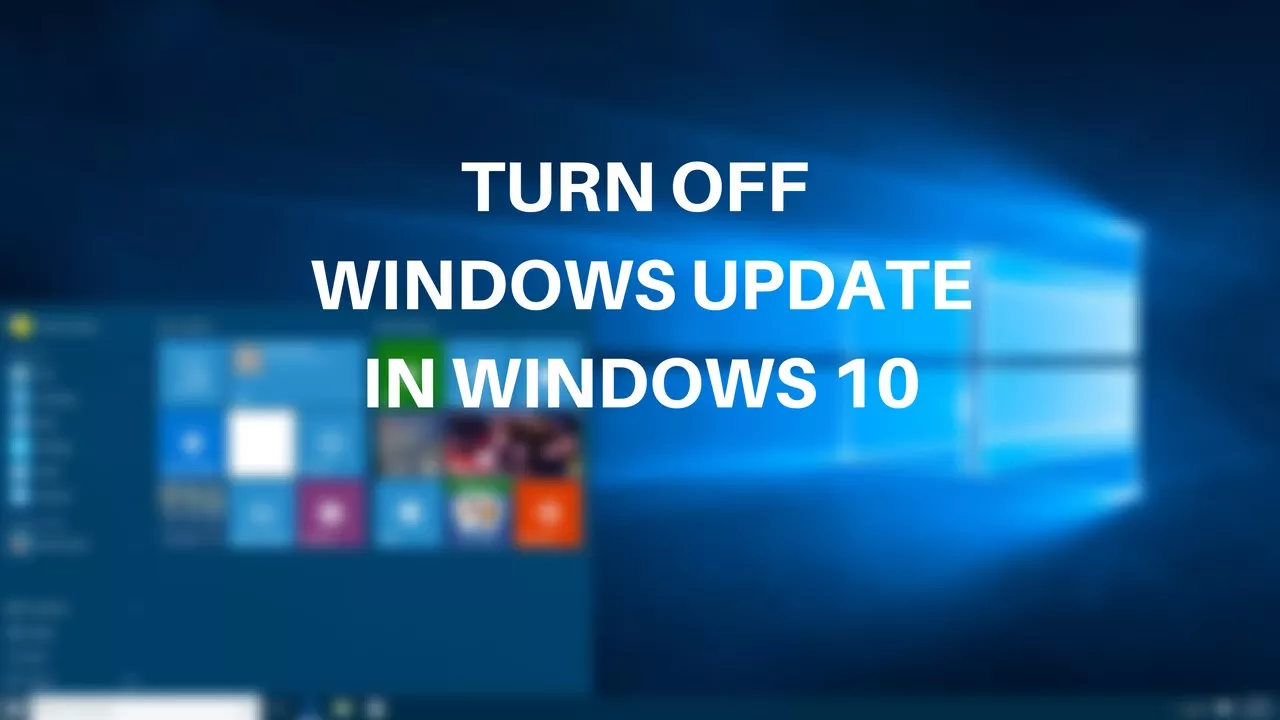Disable Automatic Updates: Simply disable automatic updates in Windows 10 almost impossible. You can either try to understand why Microsoft does and adapt, or try anyway. But it is an endless struggle that cannot be won.

I have tried many methods to prevent a restart on the Windows 10 Home edition, and none have worked quite reliably.
How to Disable Automatic Updates in Windows 10
The only really reliable option is to go back to Windows 7, use Windows 10 only as a virtual system, or have a Windows 10 Server where administrators still have more rights. Neither solution is good.
Microsoft decided to do so because it would rather suffer a few sizzling, experienced users rather than lay masses not having an updated computer.
Although he might have left this choice to those sizzling users somewhere in a setting where laymen wouldn’t have looked in their lives, but Holt did it this way, and there must be similar guides.
Windows require a restart. So far everything is fine
It is not just a matter of rejecting updates as such. Windows often reboots after them and doesn’t care that you have a job in progress. The browser’s bookmarks will be restored, but many other unsaved work will not.
When you want to restart yourself, it often does not refer to any running process that needs to be terminated. Interestingly, these Microsoft processes don’t bother you when you restart the computer under your own hands.
Windows give you the option to schedule a specific restart time. It’s no use.
You can set Windows to not restart itself. But only by selecting the active use time. Windows will then restart at least outside this time without your knowledge.
This is only useful for users who really only work with the computer during the day and in the evening closing all applications.
Downloading updates is not normally disabled. If you’re at your computer, Windows will ask you if it can restart or need to delay the restart for a few hours. But if you’re not at the computer, it will decide over time for you.
And no matter if your computer is in sleep mode, you’ll find it restarted in the morning. Windows will reboot when it says that you are not using it, but that does not mean that you have no applications running or you have all your work stored there. Just leave for an hour and the machine realizes itself.
Microsoft would even like to use your computer to distribute updates to other computers. Whether on your network or towards the Internet. This can exceptionally be easily avoided so far. For Select update delivery method, simply turn off this option.
Or choose to postpone updates for up to 35 days, but still avoid them. With Windows 10 Pro, you can postpone major upgrades for several months.
According to Microsoft, you cannot refuse a security update, but there is no difference in terms of disruption and arbitrary restart.
You can try several changes to the system:
In Registry Editor (regedit command), set Computer \ HKEY_LOCAL_MACHINE \ SOFTWARE \ Policies \ Microsoft \ Windows \ WindowsUpdate \ AU to set the NoAutoRebootWithLoggedOnUsers DWORD value to “1”. Quite logical entry forbid restarting Windows with logged on user for Windows is nothing. The restart will still occur.
Policy Editor: You can turn on hold for updates. At the command prompt, type gpedit.msc , then Computer Configuration | Administrative Templates Windows Components Windows Update | Configure automatic updates.
Here you can choose to let Windows only notify you of a download, followed by an automatic installation and restart. This seems to be the safest choice, but experience does not necessarily mean anything.
A bulletproof method should be to completely disable Windows Update. Once in a while, you’ll want updates, so you must manually re-enable this service. However, it may happen that it sometimes allows itself. Whether you want to install any updates or restart.
However, Microsoft cannot be relied upon and, in addition to the above mentioned measures, it is necessary to ensure that in the event that one day you come to an empty area.
For example, use a web browser to refresh your bookmarks, set up auto-save on all apps that allow it, and restart for updates rather than snooze and then come to an empty desktop.
This fight cannot be won, and if you want real control over the updates, go back to Windows 7. Which is not a good idea, given the age of the system.
In addition, some updates are not doing well and there is no need to rush them. It is better to wait for Microsoft to fix them.
There are many reasons, and working with updates is a constant struggle with Microsoft in Windows 10. Even Apple won’t force you to restart your OS X.
